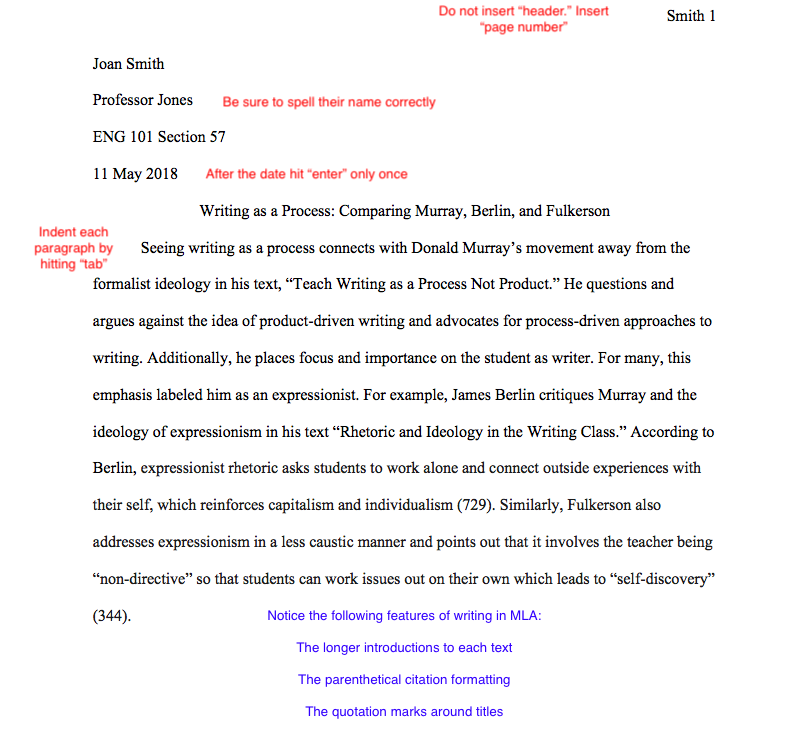11.2 Formatting Your Paper in MLA (or APA)
There are many types of documentation styles. MLA and APA are the most popular options to use in college. You might think that it doesn’t matter which one you choose…but it does. A documentation style dictates how a manuscript is formatted, the way you cite outside sources inside the text (signal phrases and parenthetical citations), the way you cite bibliographic information (Works Cited or References), and the style of writing that you use.
This section will focus mostly on MLA while giving you the resources to explore APA if you need to in the future. Once you understand one formatting method, learning others will become easier.
Modern Language Association (MLA)
The Modern Language Association began in 1883 as a “discussion and advocacy group for the study of literature and modern languages”. The style was created by this group in 1951 in order to provide scholars in this field with a set of shared writing and citation guidelines. MLA is mostly used in the humanities such as English and modern languages.
You should always use Times New Roman 12-point font (unless otherwise directed by your instructor) and one-inch margins. The entire manuscript should also be double-spaced. Below is an annotated example of other important features you should consider and include in your MLA manuscripts:

What about American Psychological Association (APA)?
The American Psychological Association, established in 1892, is “the largest scientific and professional organization of psychologists in the United States” with approximately 117,000 members. The American Psychological Association created its style guide in 1929 and is most often used in the social sciences such as psychology, education, and linguistics. Scholars in English rarely use APA; however, scholars in the field of Composition and Rhetoric do.
APA papers have title pages, abstracts, and multiple levels of headings which give it a distinct feel from MLA papers. That’s just in the formatting! APA also has differences in both in-text citations and the Works Cited page. If you are ever required to flip between the two, it is important to know that they are different.
Additional Resources
- Here is a Youtube video on how to format your draft in MLA Style 9th Edition.
- For all of the details about formatting MLA on the page visit: The OWL at Purdue: MLA Formatting.
- For details on formatting APA on the page visit: The OWL at Purdue: APA Formatting.
Attributions
A Guide to Rhetoric, Genre, and Success in First-Year Writing by Melanie Gagich & Emilie Zickel is licensed under a Creative Commons Attribution-NonCommercial-ShareAlike 4.0 International License, except where otherwise noted.

